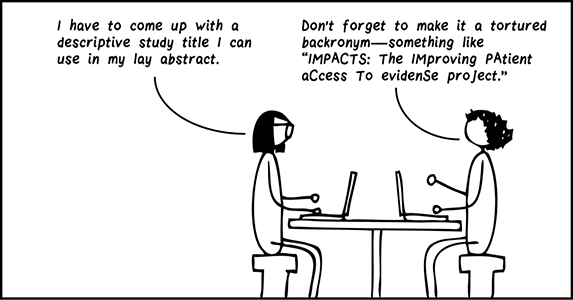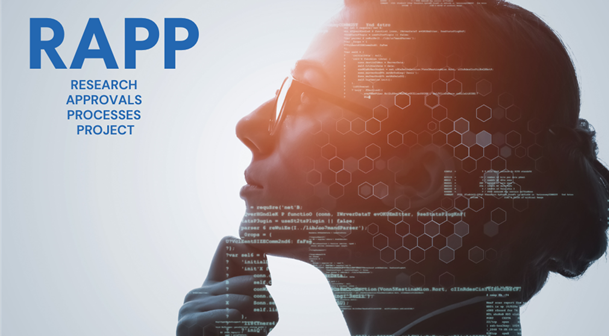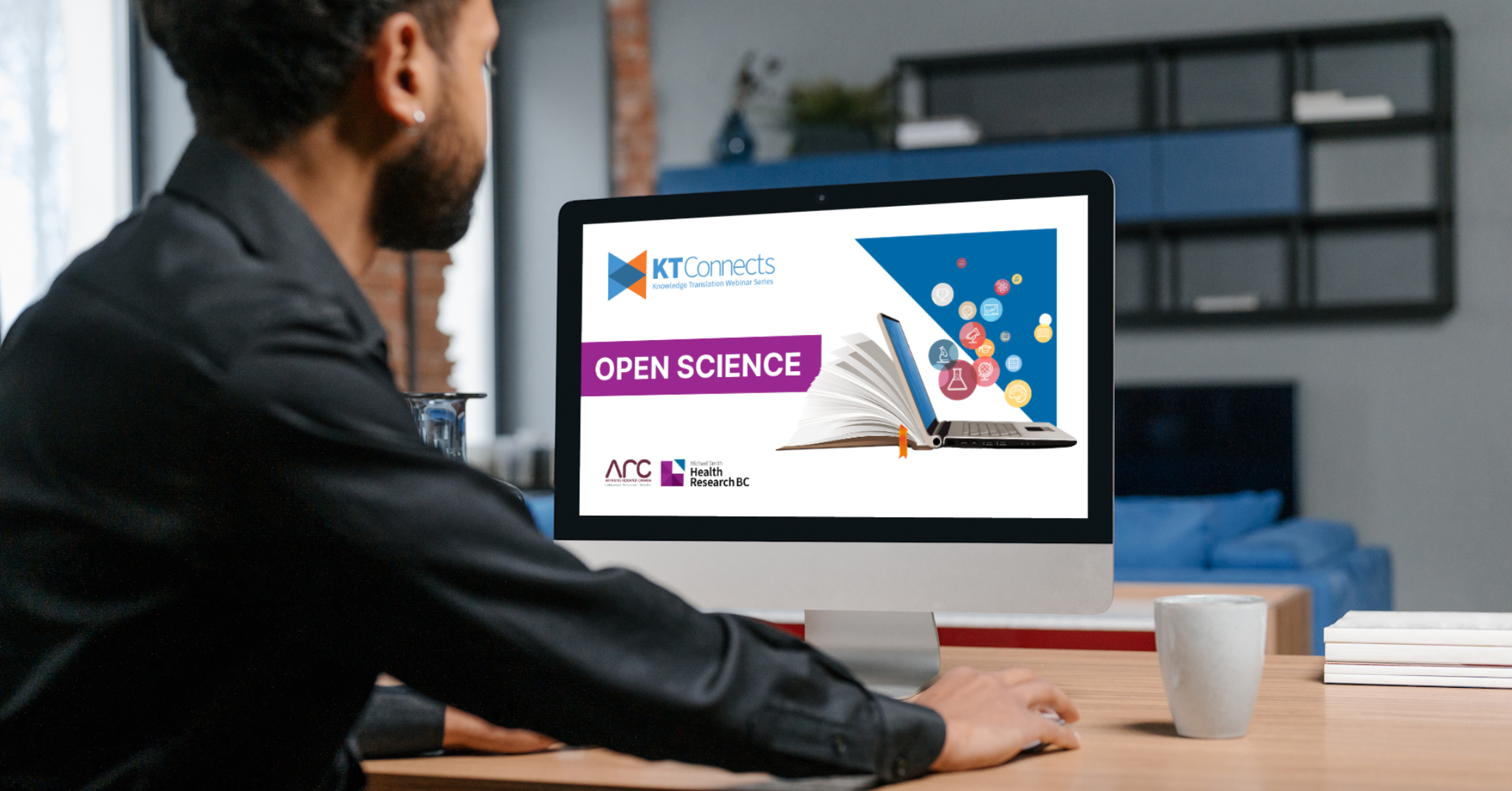Plain-language summaries: A vital ingredient in knowledge translation
26 July 2018

The practice of knowledge translation strives to improve the use of research evidence in practice, policy and further research. But to do this, those using, and participating in, research need to understand the study, the results and the potential impact.
For anyone outside of academia, journal articles can be incomprehensible. Here, Iva Cheung outlines the importance of plain-language summaries and how they are key to effective knowledge translation.
For more knowledge translation conversations, visit KT Encounters.
Plain-language summaries: a vital ingredient in effective knowledge translation
For many researchers, a plain-language summary, sometimes called a lay summary or plain-language abstract, is an afterthought — a requirement to be ticked off at the end of a grant application or journal submission. But it holds enormous potential as a knowledge translation tool, helping researchers widen their reach and make their findings more accessible.
A plain-language summary is a synopsis of research evidence written in a way that a non-specialist audience would understand. Most health researchers are probably familiar with the Cochrane Collaboration’s plain-language summaries of their systematic reviews. And starting in 2019, a new EU regulation will mean all sponsors of clinical trials in the European Union will have to publish lay summaries of those trials and their results.
These summaries make research findings accessible to the public both by plucking them out from behind journal paywalls and by shedding scholarly writing’s often impenetrable communication style. The EU regulation also aims to make research findings easier to translate to different languages.
But lay summaries don’t have to be restricted to clinical trials and systematic reviews. The Making Research Accessible initiative, spearheaded by UBC’s Learning Exchange, creates and disseminates plain-language summaries of research relevant to the Downtown Eastside so that the people most affected by this research can use the evidence to advocate for themselves. It’s a terrific example of a participatory approach that gives power back to the community that has been a source, but not always the beneficiary, of research knowledge.
What is plain language, anyway?
According to the International Plain Language Federation:
A communication is in plain language if its wording, structure, and design are so clear that the intended audience can:
- Easily find what they need
- Understand what they find
- Use that information
Another frequently cited definition is courtesy of the Plain Language Action and Information Network:
Plain language (also called plain writing or plain English) is communication your audience can understand the first time they read or hear it.
The key to both definitions is that plain language depends on your audience. A communication can be plain to one group but not to another, and it’s up to your intended audience — not you or readability formulas — to define what is plain.
A common misconception is that plain language is less rigorous than technical language. Plain-language summaries don’t give a less accurate or less nuanced version of your research. They simply define unfamiliar terms and give the information in an approachable style. The concepts you’re trying to get across might still be complex, but the way you express them doesn’t have to be.
Advocacy for plain language in government, health care, and research is a full-fledged political movement. Plain-language advocates (like me) believe that citizens can’t meaningfully participate in a democracy unless they understand the legislation their government proposes. A patient’s consent to a health intervention can’t be truly informed unless they understand the information health care providers give them. Unnecessarily complex language in a research study’s consent form can reinforce the power difference between researcher and participant and either deter volunteers from participating or leave them feeling coerced.
What are the benefits of plain-language summaries?
- They increase research literacy and participation
The growth of patient-oriented research means that patients are increasingly invited to develop research questions, review grant proposals, and do literature reviews. Plain-language summaries make it easier for patient reviewers and research partners to get the information they need to make informed decisions.Plain-language summaries can also increase participation in research. Giving participants, or potential participants, a summary of research in a way they can understand can show them their contribution is valued and can encourage them to participate again.A short-term gain from a public with high research literacy may be easier participant recruitment. The longer-term gain comes from a populace that understands and values research and can advocate for it to policy-makers. - They make your research digestible to funders and policy-makers
Canadian Institutes for Health Research funding requires lay abstracts “for promotional purposes” and as a way to be transparent and accountable about what kind of research taxpayers are funding. After all, results of publicly funded research should be publicly accessible — including through their language. The CIHR application guidelines remind us that “while it may be tempting to give these summaries short shrift, given all of the other tasks you must complete, they are among the most important parts of your application […] and may be used to determine whether or not your proposal is relevant to the strategic areas of the funding opportunity”.Once you’ve wrapped up your project, plain-language summaries give you a way to succinctly and clearly communicate your findings to busy policy-makers who have to make evidence-informed decisions but don’t have the time to wade through technical reports. Your summary might even do double duty as a policy brief, removing the need for a policy analyst to read your journal article and interpret — or possibly misinterpret — the findings. - They make interdisciplinary collaboration easier
You don’t have to stray far from your own field to be lost in another discipline’s jargon. Plain language serves as a kind of common tongue that can help other researchers, health professionals, and patient partners learn about and contribute to your work.I believe that even academic papers should be written in plain language. Because plain language practices reduce cognitive load, everyone benefits from plain-language communications. Researchers may be used to reading convoluted, technical language, but that doesn’t mean we wouldn’t prefer to read something that gets the message across without taxing our working memories as much.
How do I write a plain-language summary?
There are several online resources listed at the end of this post, but in general, plain-language summaries of health research should:
- Have a non-technical title
- Define unfamiliar terms and avoid jargon wherever possible
- Use short sentences, with one idea per paragraph
- Use design elements like headings, bulleted lists, and visuals to make the content digestible
- Strike a conversational tone
Summaries, like structured abstracts, should highlight all of the research paper’s key points and be standalone documents, not clickbait-y teasers for the full journal article.
Many plain-language guidelines suggest a reading level of grade 8 or lower. (Here’s how to test the reading level of your text using Microsoft Word’s grammar checker.) The problem with many readability formulas is that they account for only a few dimensions of readability, like the length of words and sentences, but sometimes it can take more words to explain a nuanced concept clearly. Other tools, like the Hemingway App or WordRake, can help you identify unnecessary wordiness, nominalizations, and passive voice that make your text harder to read than it should be.
When your audience is an ill-defined ‘general public’, it can be hard to decide whether what you’ve written is plain enough. The only way to be sure that your summary meets the needs of your audience is to show it to a few non-specialists and ask them to explain what they’ve read. Then, revise any parts of your summary that your testers misunderstand or seem confused about.
If you find you have trouble writing plain-language summaries, don’t be afraid to reach out for help! Plain-language professionals have specific skills and training to help researchers communicate their findings to a lay audience, whether that’s editing a summary you’ve drafted, interviewing you as a subject-matter expert and writing the summary, or summarizing your journal article in plain language and asking you to review the summary for accuracy.
Creating plain-language summaries will help you fulfill regulatory requirements and increase the reach and impact of your research by making its relevance clear to decision makers and the public. But to plain-language advocates, communicating research knowledge in an approachable and understandable way is fundamentally about respect: respect for your funders, respect for your research participants and users, and respect for all of your readers’ cognitive energy.
Plain-language resources:
- The Cochrane Collaboration released its Plain Language Expectations for Authors of Cochrane Summaries (PLEACS), a set of reporting standards for plain-language summaries, and Cochrane Norway developed a plain-language summary checklist.
- The new EU regulation on clinical trial reporting includes guidelines to help researchers write plain-language summaries.
- The Center on Knowledge Translation for Disability and Rehabilitation Research (KTDRR) has a useful list of resources for creating plain-language summaries, including a Plain Language Summary Tool.
Iva Cheung
Certified Professional Editor and PhD candidate in the Faculty of Health Sciences at Simon Fraser University
Iva Cheung holds a Master of Publishing degree and is an indexer, print designer, and editor specializing in plain language and communication accessibility. She also teaches a course on plain language and health literacy for Simon Fraser University’s Plain Language Certificate. Her doctoral research focuses on improving the way rights information is communicated to people who are involuntarily hospitalized under BC’s Mental Health Act. She has worked with patient partners and a clinical nurse educator in a patient-oriented, integrated knowledge translation research team to develop, test, and implement new plain-language rights-information materials, which you can find at bcmentalhealthrights.ca.
The opinions expressed in this blog post are those of the author and do not necessarily reflect the views of the Michael Smith Foundation for Health Research.






